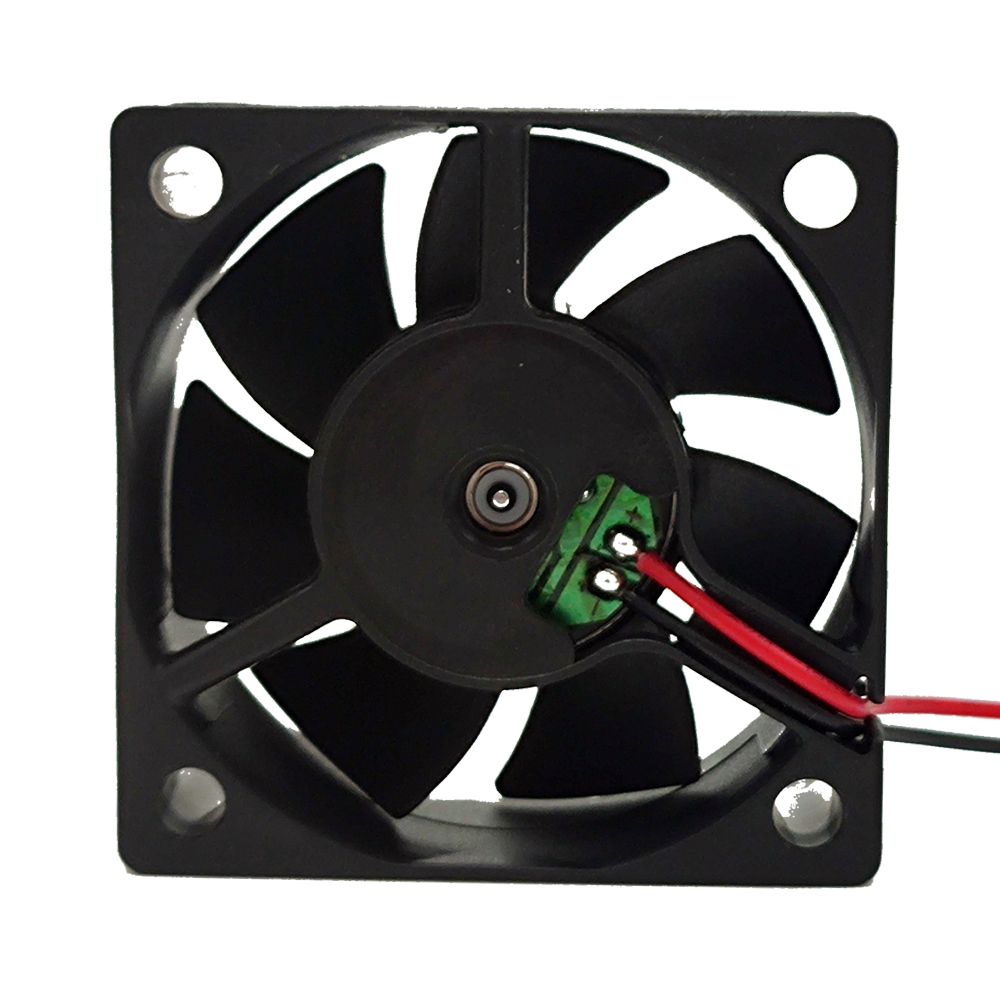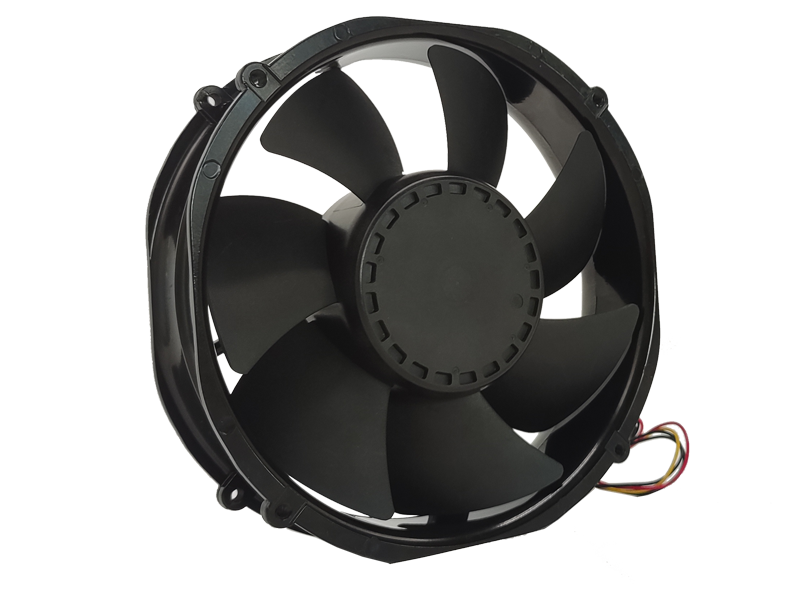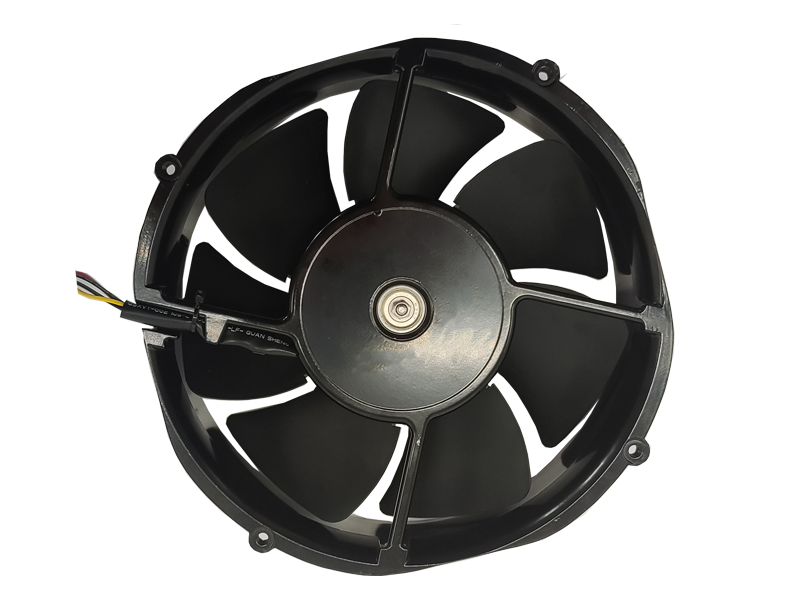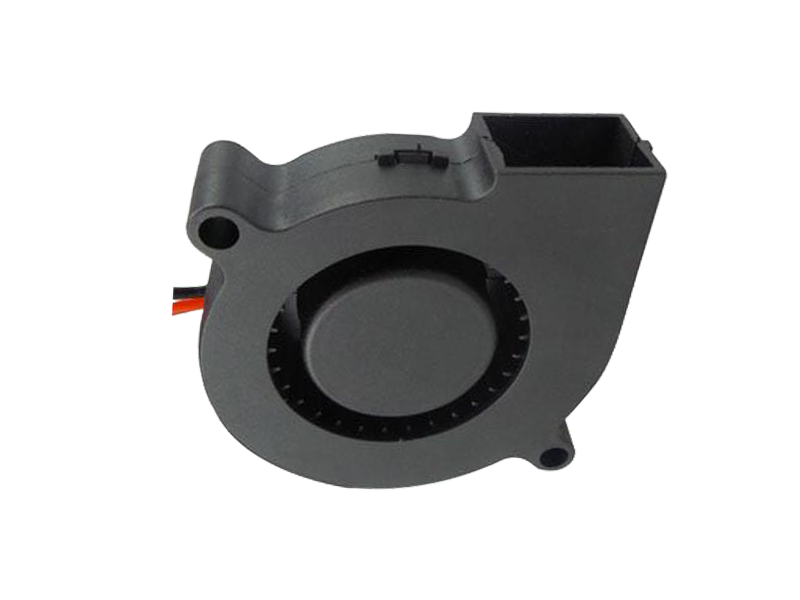Industrial fans are essential components in numerous sectors, from manufacturing to HVAC systems, providing crucial air circulation and cooling in large, high-demand environments. As industrial processes become increasingly complex, the need for efficient, durable, and customizable industrial fans is paramount. For product designers and engineers, understanding how to optimize industrial fan design to meet the diverse needs of industries is critical.
In this article, we will explore the key factors that contribute to designing industrial fans, focusing on performance requirements, durability, energy efficiency, and customization. Additionally, we will discuss emerging trends in industrial fan technologies, highlighting how manufacturers are adapting to the ever-evolving industrial landscape.
1. Understanding Industrial Fan Applications
Industrial fans serve a variety of applications across different sectors, and understanding these diverse needs is the first step in creating effective designs. The common applications of industrial fans include:
Ventilation Systems: Used to maintain air quality and temperature control in large facilities, such as warehouses, factories, and data centers.
Cooling Systems: Employed in cooling towers, air conditioning units, and large industrial processes.
Exhaust Systems: Found in laboratories, kitchens, or facilities where fumes or dust need to be extracted.
HVAC Systems: Integrated into heating, ventilation, and air conditioning systems in large buildings and plants.
Each of these applications has distinct requirements for airflow, pressure, and size, which influence the design and performance of the fan. For example, ventilation fans need to generate significant airflow with relatively low pressure, while exhaust fans often need higher pressure for effective fume extraction.
2. Key Design Considerations for Industrial Fans
When designing an industrial fan, the primary considerations are airflow, pressure, efficiency, noise levels, and durability. Let’s break down each factor:
Airflow and Pressure: The primary function of an industrial fan is to move air. However, the fan’s ability to generate airflow is not enough. The fan must also be able to maintain pressure against resistance in systems, such as ductwork. Different fan types, such as axial and centrifugal fans, are selected based on these airflow and pressure requirements. Axial fans are often used for applications requiring high airflow and low pressure, while centrifugal fans are preferred for high-pressure, low-airflow situations.
Energy Efficiency: As energy costs rise and environmental concerns grow, energy-efficient fan designs are becoming increasingly important. Energy-efficient motors, aerodynamic fan blades, and advanced controls can all contribute to lowering energy consumption. Variable-speed drives (VSDs) are commonly incorporated into modern industrial fans, allowing the fan to adjust its speed based on the load and reduce unnecessary energy expenditure.
Noise Control: Industrial fans, especially those used in manufacturing and processing plants, can be noisy due to the high-speed operation of blades. Excessive noise levels can impact worker health, safety, and productivity. Engineers must consider fan blade design, motor selection, and housing materials that minimize noise. Moreover, fans should be installed with vibration dampening systems to reduce the transmission of noise through building structures.
Durability and Maintenance: Industrial fans are exposed to challenging environments, such as high temperatures, corrosive chemicals, and dust. Therefore, fans must be built with durable materials like stainless steel or corrosion-resistant alloys to ensure longevity. Additionally, regular maintenance should be considered in the design phase, with easy access for cleaning and part replacement.
3. Emerging Trends in Industrial Fan Technologies
Smart Fans and IoT Integration: With the rise of the Industrial Internet of Things (IIoT), there is a growing trend toward integrating sensors and smart controls into industrial fans. These sensors can monitor performance indicators such as motor temperature, airflow rate, and fan vibration. Data collected from these sensors can be analyzed to predict maintenance needs, optimize fan operation, and reduce downtime. Smart industrial fans are designed to adapt to changing conditions, offering greater operational flexibility and performance.
Sustainability and Green Design: With increasing pressure from both regulatory bodies and consumers for more sustainable products, manufacturers are investing in energy-efficient, eco-friendly industrial fans. These fans are designed with low-energy motors, recyclable materials, and innovations like bladeless designs or advanced aerodynamics to reduce environmental impact. Moreover, green certifications such as ENERGY STAR are becoming essential for industrial products to meet market expectations.
Noise Reduction Technologies: As industries face stricter noise regulations and worker welfare concerns, noise reduction has become a critical aspect of industrial fan design. New materials, innovative fan blade shapes, and advanced motor designs are enabling engineers to create quieter fans without sacrificing performance. Some manufacturers are incorporating active noise-canceling technologies, similar to those found in consumer-grade headphones, to reduce ambient noise.

4. The Role of Customization in Industrial Fan Design
One of the most crucial aspects of industrial fan design is customization. Standardized fans may not meet the specific needs of every industrial setting, which is why many manufacturers offer tailored solutions to accommodate the unique requirements of their clients.
Fan Size and Shape: Fans come in various sizes and shapes, and each configuration offers a different performance characteristic. Engineers must evaluate the physical space where the fan will be installed, ensuring the fan’s size and shape match the installation parameters while optimizing airflow and pressure.
Material Selection: Depending on the environment, industrial fans must be made from materials that can withstand specific conditions. For example, in corrosive environments like chemical plants, fans may need to be made from non-corrosive materials like stainless steel or fiberglass. Custom coatings may also be applied to enhance corrosion resistance.
Variable-Speed and Control Features: Many industries require fans that can be adjusted based on fluctuating demand or environmental conditions. Customizable control systems allow industrial fans to be fine-tuned for optimal performance, with variable-speed drives providing flexibility in managing energy consumption and airflow rates.
5. Conclusion
Designing an industrial fan involves balancing numerous factors, including airflow, pressure, energy efficiency, noise control, and durability. With emerging technologies such as IoT integration, sustainable design, and noise reduction innovations, the industrial fan market is evolving to meet the growing demands of modern industries. Product designers and engineers must carefully consider these factors to create effective and reliable solutions for a wide variety of industrial applications.
Recommended Products

The main purpose:Car charging station

The main purpose:Car charging station

The main purpose:Electronic refrigerators, water dispensers, direct drinking machines, inverter power supplies
Address:No. 4137, Longgang Avenue (Henggang Section), Henggang Community, Henggang Street, Longgang District, Shenzhen
hotline:13530005572(Chen)15112579390(Li)


Welcome all friends to come for consultation and negotiation.
Copyright 2024 @ Shenzhen Youneng Xinyuan Electronics Co., Ltd.,(industrial fans,industrial blowers,axial fans,cooling fans manufacturer,centrifugal fans,ac cooling fans,dc cooling fans)